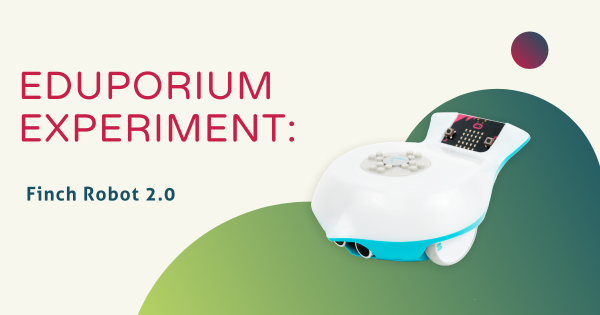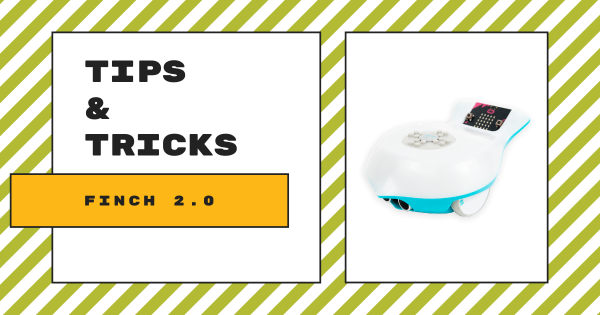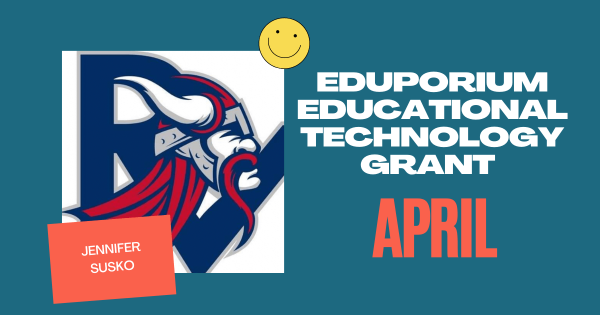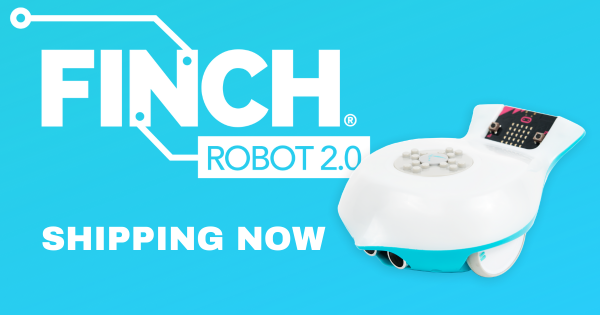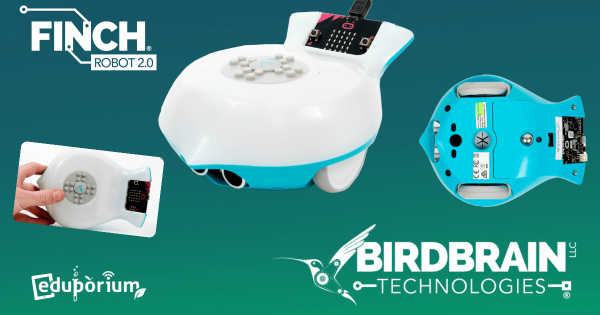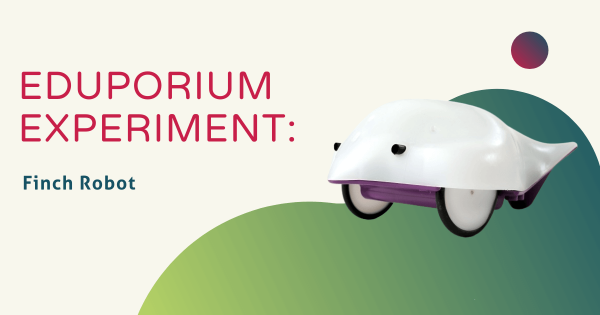The Finch 2.0 and its range of classroom-friendly features help teachers to create more accessible STEM experiences for students who might learn in different ways. There’s also a huge range of options for using the Finch 2.0 to introduce children to coding. Starting in kindergarten with FinchBlox and up through high school with Java, the Finch 2.0 helps provide lots
Finch Robot
-
Tips & Tricks | BirdBrain's Finch Robot 2.0
The Finch Robot 2.0 is a tremendously versatile classroom coding solution and enables educators to lead STEAM lessons using various platforms and add-ons. With its six unique modes of programming and processing power from the micro:bit V2, the Finch 2.0 makes a lovely K–12 coding option for computer science students! Read on for more important classroom hints. -
Our Latest STEM Grant Goes To Jennifer Susko
Working with students at Riverside Elementary East, Jennifer has played a key role in starting a school STEAM program that is set to enter its second year. She has helped children in many traditionally underserved categories by committing to increasing equity in STEM learning and inspiring children from all backgrounds to explore STEM opportunities. -
The Finch Robot 2.0 Is Ready To Ship!
One of the more highly anticipated educational technology releases within recent years, the Finch Robot 2.0 is now shipping! Much more robust and versatile than the original Finch Robot from BirdBrain Tech, this new Finch 2.0 is a viable coding and robotics solution for students across every K-12 grade and allows students of different ability levels to try coding in -
Get To Know The Finch 2.0 From BirdBrain Technologies
Modeled directly after the original Finch Robot, this latest version provides teachers with a more robust option when introducing students to computer science and key STEAM concepts. It’s even viable in all levels of education from kindergarten to college and utilizes the micro:bit V2 for its processing power. Read on for more about the Finch 2.0 and its six coding -
Eduporium Experiment | Finch Robot
The Finch Robot is a teaching tool designed to combine these two crucial areas of STEM education for kids as young as 8 years old. Finch has a super simple surface, giving it the appearance of simplicity in the eyes of young students despite the fact that it’s actually filled with many tiny sensors. Plus, it supports over a dozen




